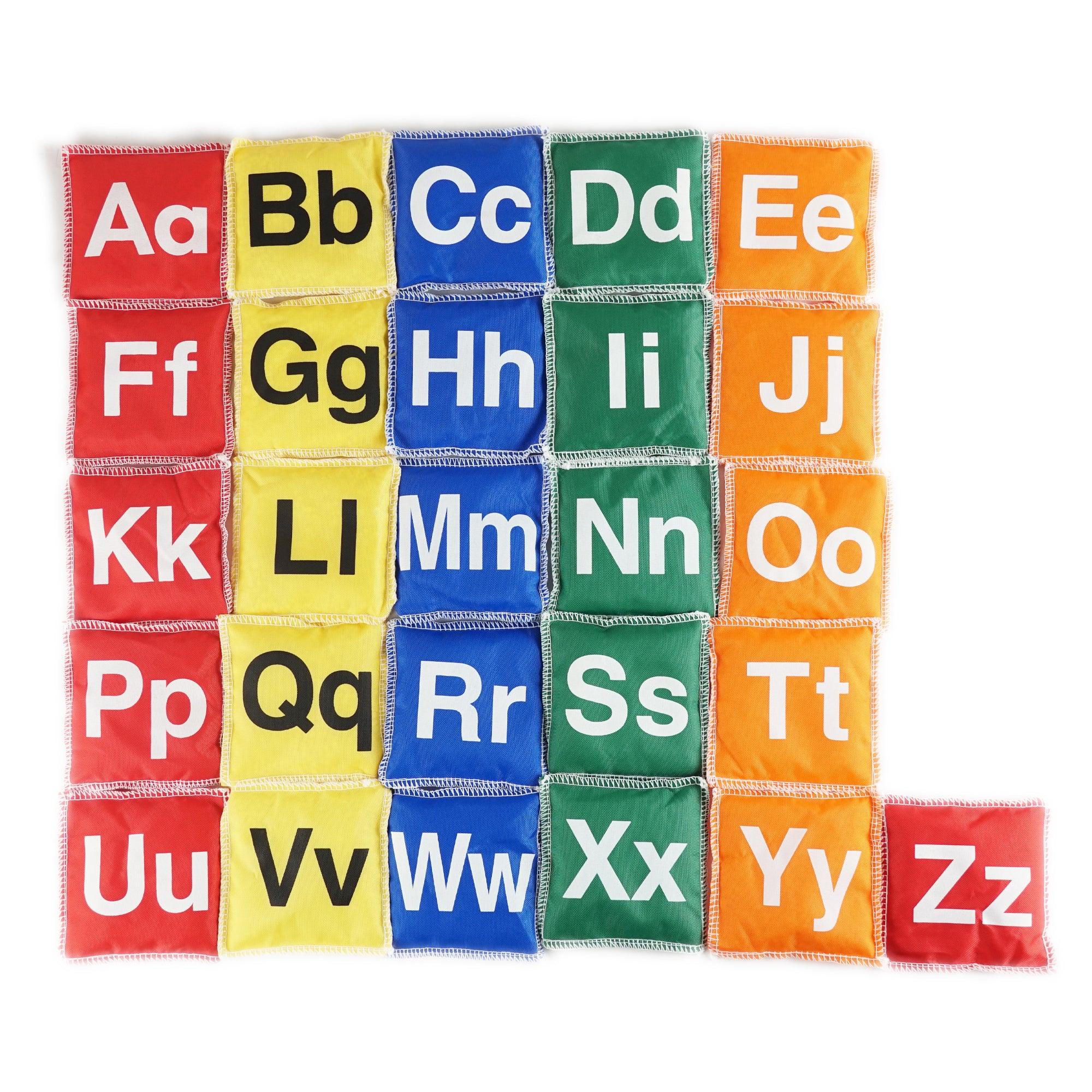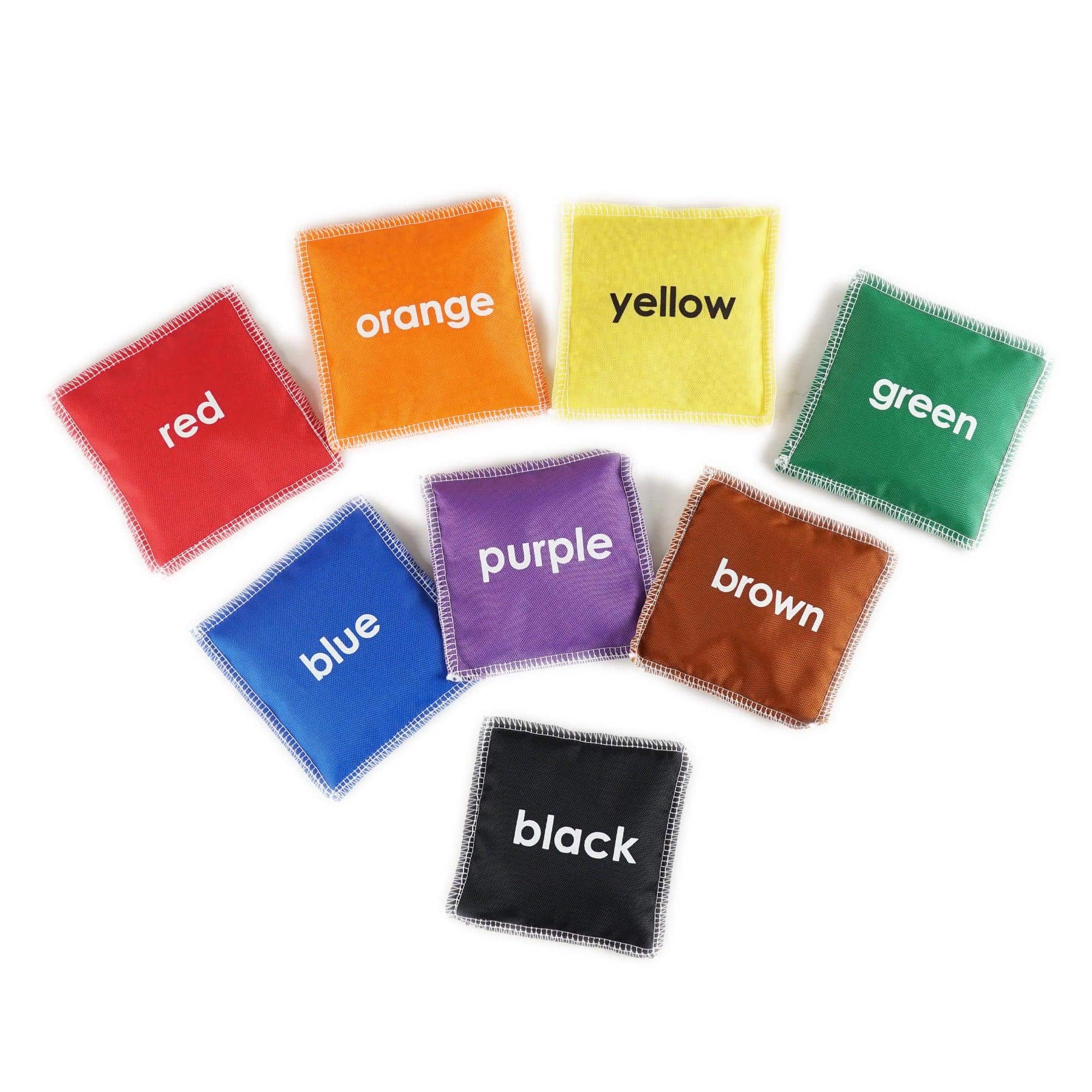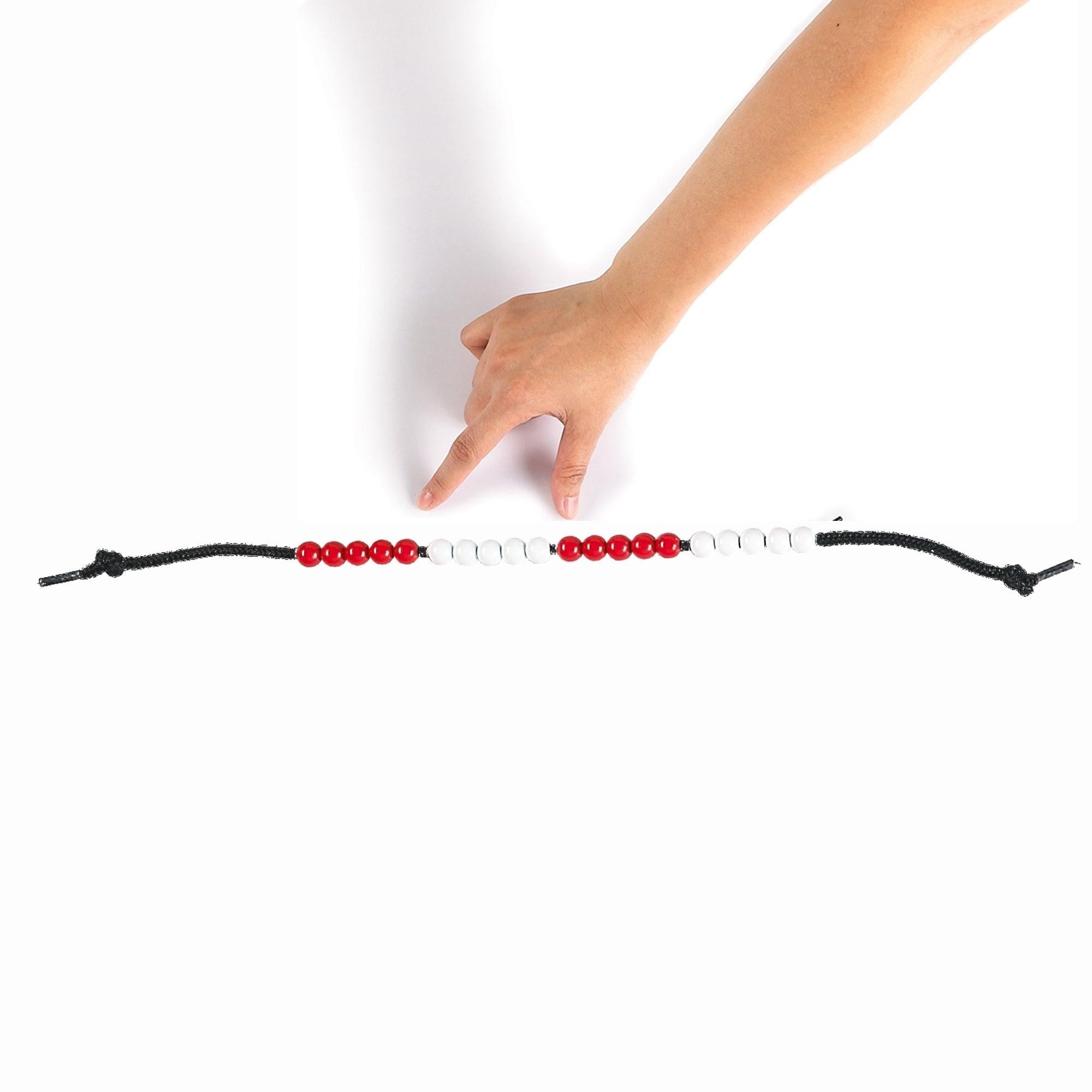The Relationship Between Toys and Cultural Stereotypes
Introduction
Toys play an essential role in the development of children. From dolls and action figures to board games and building blocks, toys provide entertainment, education, and help shape children’s perceptions of the world. However, it is important to recognize that toys are not immune to cultural stereotypes. In this blog article, we will explore the relationship between toys and cultural stereotypes, shedding light on the impact they can have on children’s beliefs and attitudes. Let’s dive in!
Features and Implications
- Stereotypical Representation: Some toys reinforce cultural stereotypes by depicting specific ethnic groups, genders, or nationalities in a narrow and often biased way. This representation can perpetuate harmful stereotypes and limit children’s understanding of diverse cultures and identities.
- Limited Diversity: Many toy lines lack diversity, both in terms of race and gender. This lack of representation can inadvertently send a message to children that certain groups are less important or less deserving of inclusion.
- Gendered Toys: The divide between “boys’ toys” and “girls’ toys” has long been a topic of discussion. Traditional gender roles are often reinforced through toy marketing and packaging, influencing children’s perceptions of what is considered acceptable behavior based on their gender.
- Impact on Self-Perception: When children repeatedly encounter stereotypical toys, it can affect their self-perception and identity development. If a child does not see themselves represented in the toys they play with, it can lead to feelings of exclusion or inadequacy.
- Role of Cultural Associations: Some toys are specifically tied to certain cultural practices, celebrations, or historical events. While this can be educational and encourage multicultural awareness, it is crucial to ensure that these associations are presented accurately and respectfully, devoid of stereotypes or cultural appropriation.
Breaking Stereotypes
As parents, guardians, educators, and toy manufacturers, it is our responsibility to challenge and break cultural stereotypes through the toys we offer children. Here are a few ways we can strive for a more inclusive toy industry:
- Diverse Representation: Introduce toys that represent a wide range of ethnicities, races, and nationalities. This allows children to see themselves and others in their play, fostering empathy, understanding, and appreciation for cultural diversity.
- Gender-Neutral Toys: Provide children with a variety of toys that do not enforce strictly gendered ideas. Encourage the idea that all toys are for all children, promoting inclusive play and breaking down gender stereotypes.
- Education and Dialogue: Engage in conversations with children about the representation they encounter in their toys. Teach children to question stereotypes, critically analyze media, and celebrate diversity. Encourage open-mindedness and empathy.
- Collaboration with Cultural Consultants: Involve cultural consultants and experts in the toy development process to ensure that toys accurately represent different cultures and avoid perpetuating stereotypes.
- Support Inclusive Toy Brands: Seek out and support toy brands that prioritize inclusivity and diversity in their product offerings. By supporting these brands, we can send a message to the industry that diversity matters to consumers.
Conclusion
Toys hold immense power in shaping children’s perceptions of the world. By being aware of the relationship between toys and cultural stereotypes, we can actively work towards creating a more inclusive and equitable play environment for children. Let’s break free from the limitations of stereotypes and embrace a toy industry that reflects the rich diversity of our global society.




